Author: William M. Peaster
Original source:Bankless
Original compilation:Original source:

Original compilation:
M7e Metaverse Commando
image description
Title image: Logan Craig
The rise of Bitcoin NFT is one of the biggest stories in the NFT ecosystem. However, this early scene can be quite confusing. This tutorial by Bankless will show you how to mint your own Bitcoin NFT in an easy and straightforward way.
Skills: Elementary/Intermediate
Energy: less than an hour
Return on Investment: Do-It-Yourself Minting NFTs on the Oldest BlockchainA Beginner's Guide to Bitcoin NFTsandIn the Metaversal newsletter, I have recently written continuously about。
The Origin of Bitcoin NFT
and
Of course, this scene first began to appear in 2014, when Counterparty, a custom token network built on Bitcoin, was released.

https://twitter.com/ChainLeftist/status/1626390917073584129
However, Counterparty ultimately failed to achieve significant user growth, instead being overshadowed by the rise of Ethereum smart contracts, which catalyzed multiple NFT booms since.
In the past ten years, the concept of "Bitcoin NFT ecology" has not been considered feasible, or even considered by the vast majority of people in the currency circle to be over. That all changed with the arrival of Ordinals (https://ordinals.com/), a new protocol that inscribes metadata on a single Satoshi (the smallest BTC unit of measure).
image description
First, the contemporary crypto economy now has a thriving and well-established NFT ecosystem full of explorers who are comfortable navigating multiple different blockchains. We're ready this time, as it were.
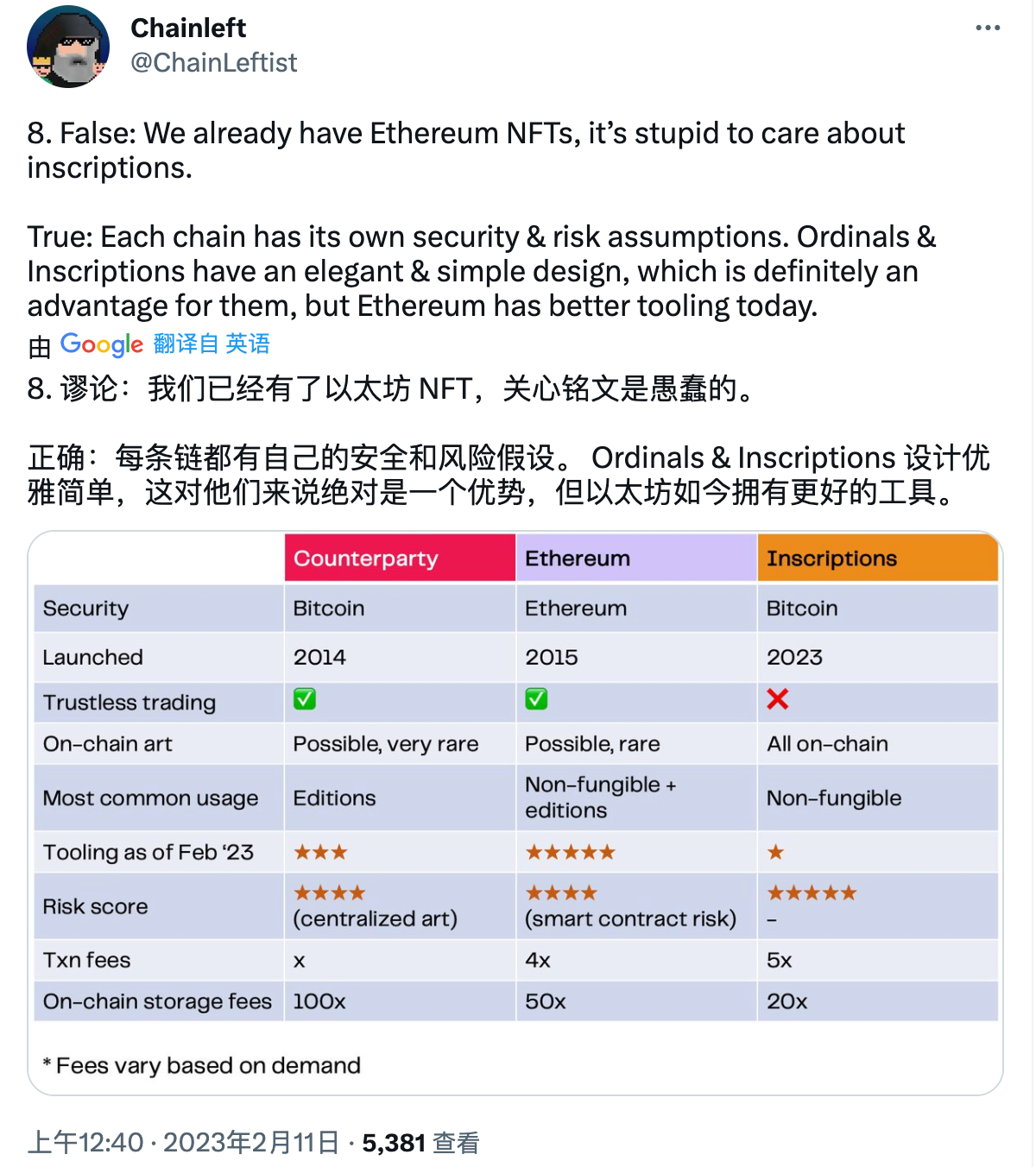
https://twitter.com/ChainLeftist/status/1624085882230779918
Second, though, Ordinals-style NFTs are an innovative breakthrough, as they offer a new way to mint NFTs that are directly connected to Bitcoin, fully on-chain. Here, "entirely on-chain" means that metadata, such as artwork for NFTs, will be indefinitely retrievable from the Bitcoin blockchain, not from private storage servers or such storage as Arweave, Filecoin, IPFS, etc. Internet search.
That said, like all the NFT approaches we've seen so far, Ordinals-style NFTs have some unique advantages and disadvantages.
Among their strengths, the new Bitcoin NFTs offer strong permanence guarantees — at least for now — and cheap on-chain storage that would normally be prohibitively expensive.
As for the downside, these inscriptions lack the composability and expressive possibilities offered by smart contracts, and it is possible that Bitcoin nodes will eventually prune them out.
However, it is now clear that this new Bitcoin scene is here to stay and will no doubt spawn a proliferation of new Ordinals-friendly wallets and minting services. We’ve seen the start of this surge in recent weeks, as multiple projects have come forward to offer simplified Bitcoin NFT tools, since initially it was required to run their own Bitcoin nodes to interact with these NFTs.
first level title
Bitcoin NFT Getting Started Guide
Now let's start with the content that everyone is interested in. You want to try creating a Bitcoin NFT, but you prefer an easy NFT minting process rather than having to set up your own node. There are many options here, but to get started you need two things:
1. Some Bitcoins
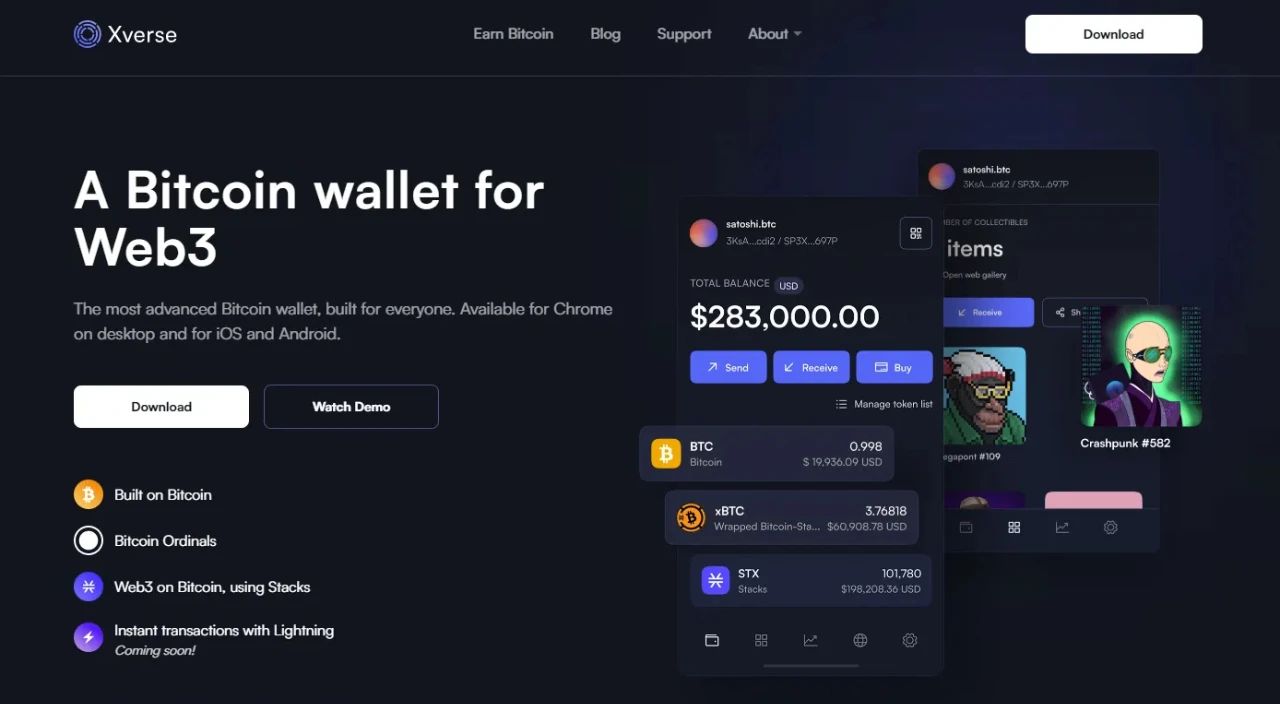
2. An Ordinals compatible wallet
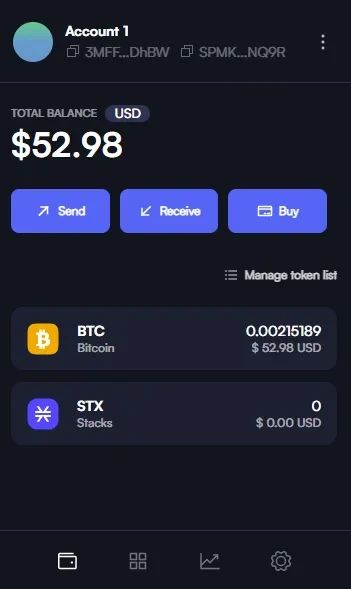
Just like minting NFTs on Ethereum requires ETH as fuel, you pay with BTC to complete the minting transaction of Bitcoin NFTs. As of this writing, the normal minting fee for gamma.io is around 50,000 Satoshi, or 0.0005 BTC or $13. However, supply and demand dictate that this fee can fluctuate considerably. So, taking $25 worth of BTC, which is about $0.001, should pay for your first minting, but having $50 worth of BTC on hand is probably the best option given the volatility.
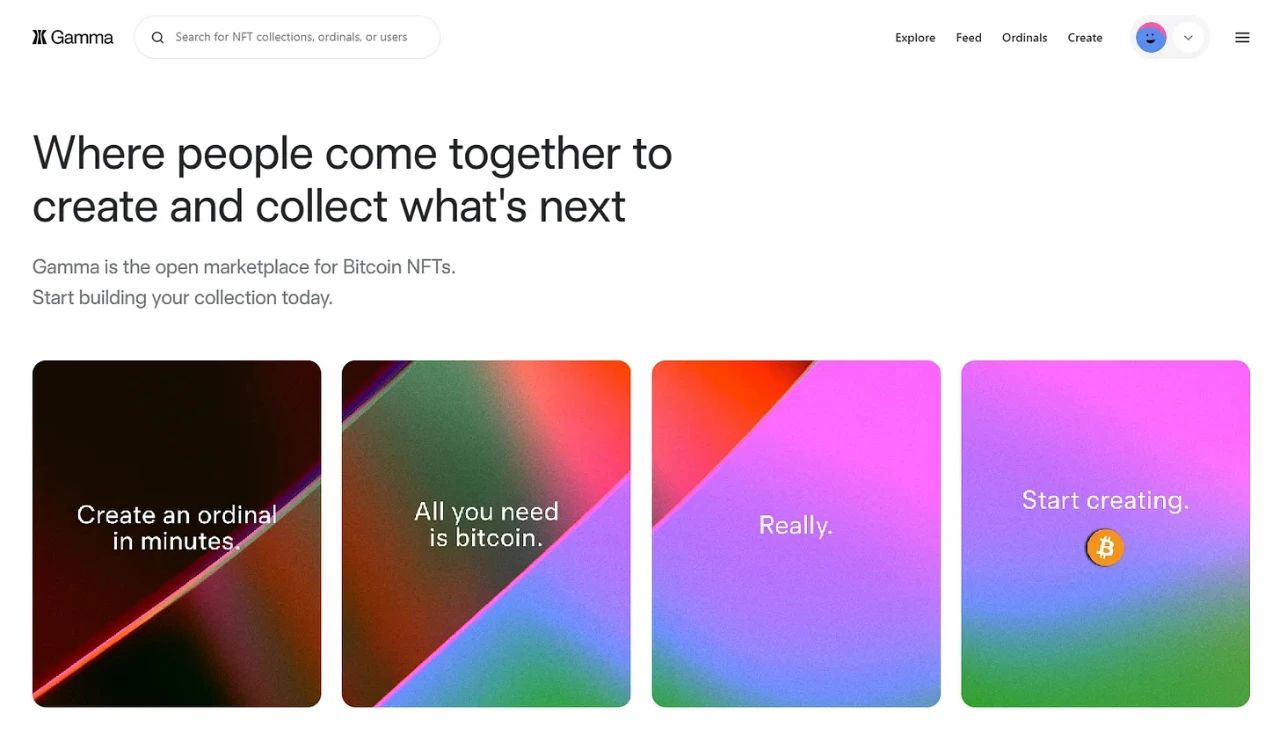
When it comes to setting up a wallet, don't be lazy here. If you try to do this with a regular bitcoin wallet, you could accidentally spend the satoshis that make up your NFT! So one of the easiest wallets you can use right now is Xverse, which is a Stacks and Bitcoin wallet that currently has a Chrome browser plugin or an Android or iOS mobile client.

Once the plugin or client is downloaded to your liking, you will be prompted to create a new wallet. You'll be asked if you want to back up your wallet now or later, and then prompted to set a password for your new account. Once complete, you can use your Xverse BTC address to receive your minting funds and pay for Bitcoin NFT minting.
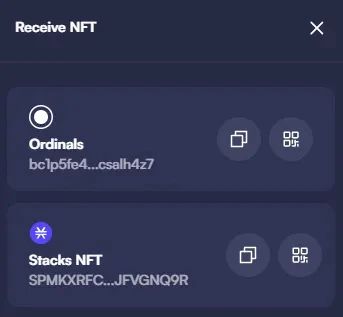
At this point, when you receive the BTC into the Xverse wallet, you can start minting coins. To that end, the aforementioned gamma.io site is one of the most straightforward Ordinals-style minting resources out there, so I recommend it for beginners to Bitcoin NFTs.
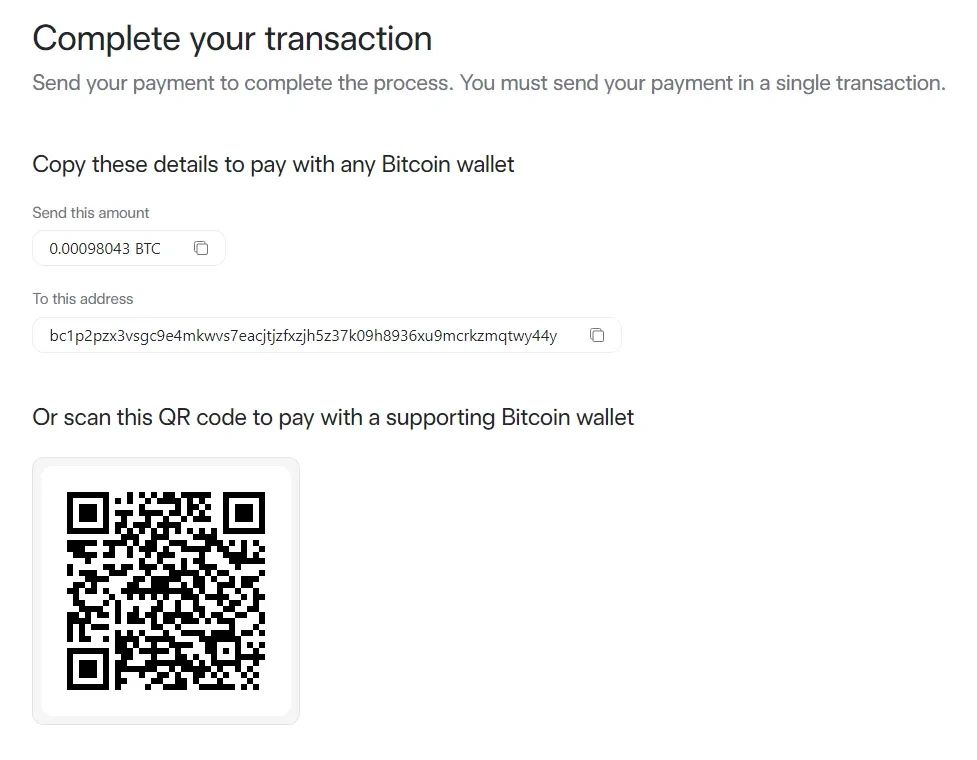
To operate at Gamma, simply head to the site once your BTC is in your Xverse wallet. Then click the "Ordinals" button at the top of the page and select "Create Inscription". Doing so will take you to an upload dashboard like the one pictured below:

At this point, press "Continue" on Gamma, agree to the terms of use, and pay for your minting transaction, and you will be prompted like this:
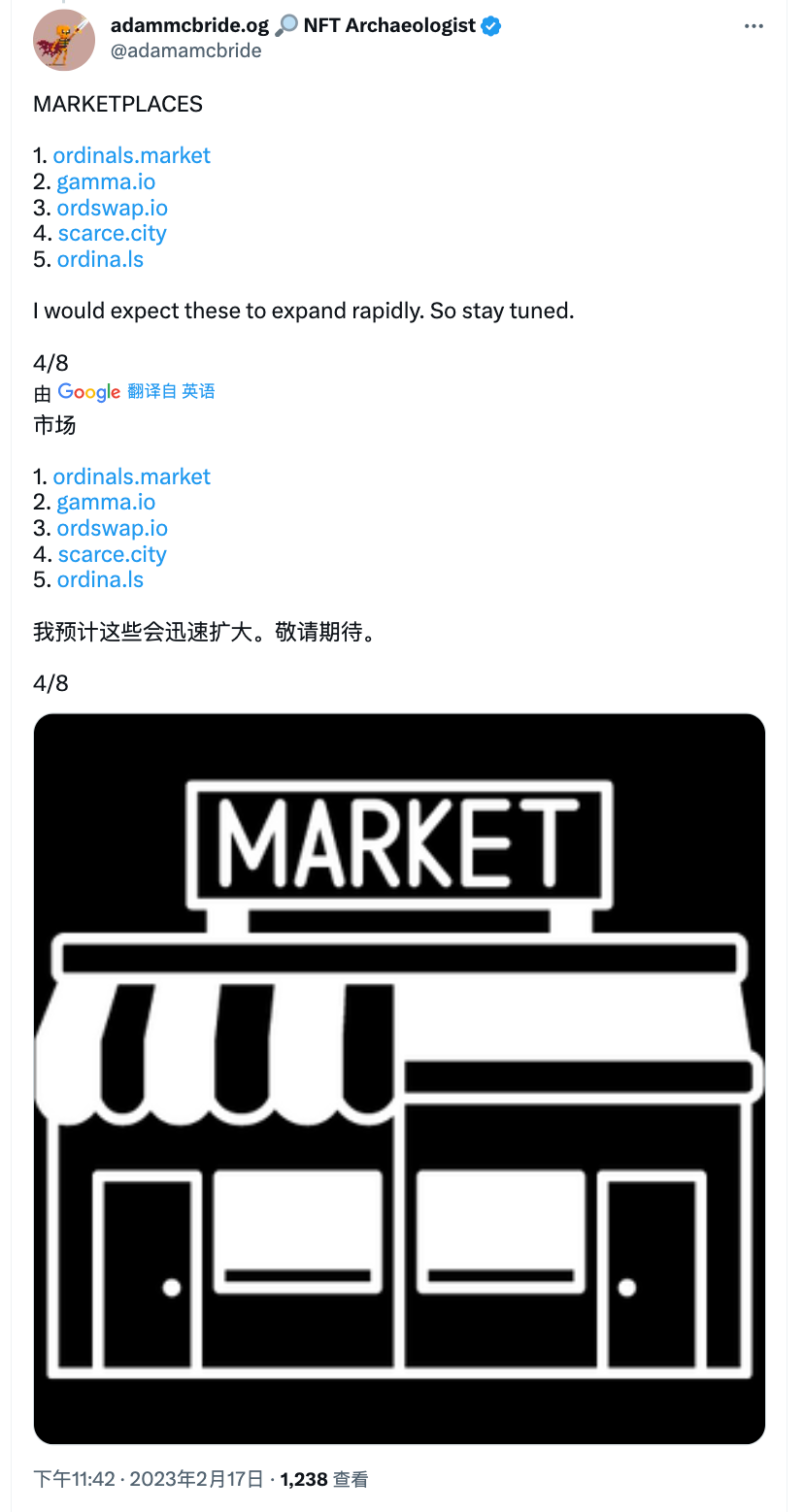
https://twitter.com/adamamcbride/status/1626608069303226374
What now? Enter a waiting game. Your inscription may take hours, or even days to complete, depending on your transaction fees and network usage needs at the time. Gamma will provide a waiting page where you can check your minting status and transaction details.
Once your minting transaction is complete, you can view it in Gamma or in your Xverse wallet (select the "Open gallery" option in the collectibles tab). As for selling your NFTs, you can try claiming a collection listing on Gamma (https://gamma.io/ordinals/new-collection), or try your luck at some of the other Ordinals marketplaces available today: